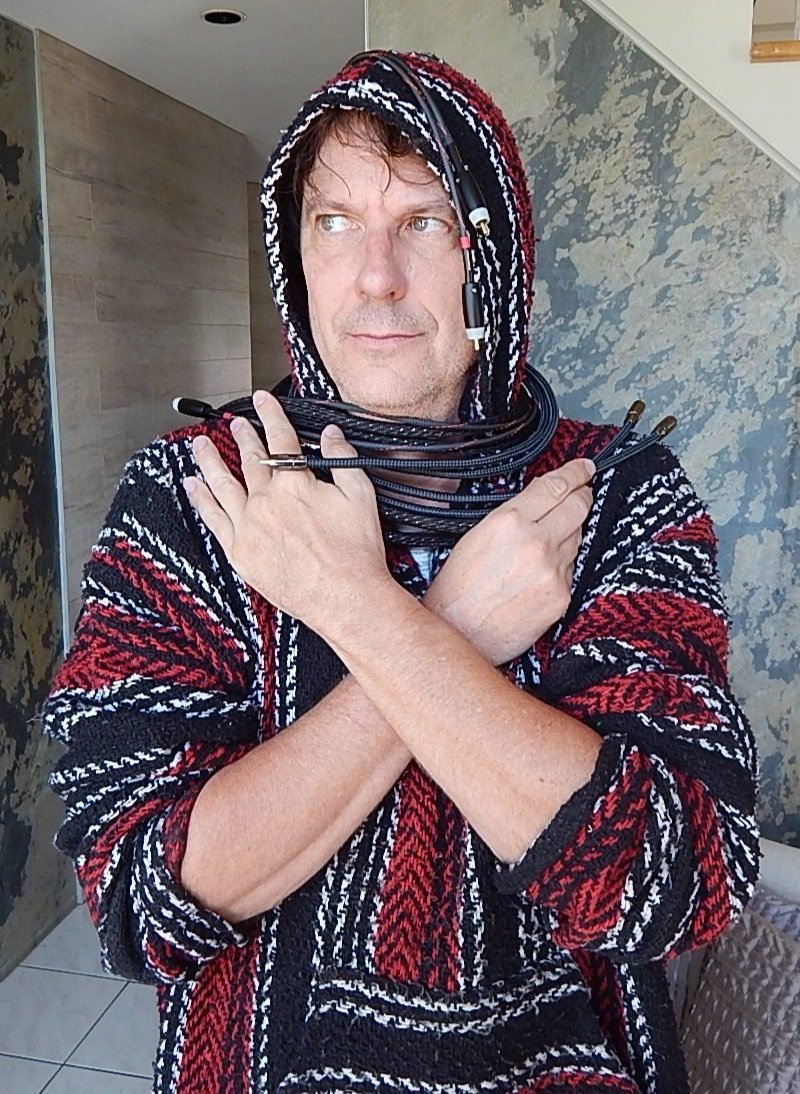
All prices listed are in US$
For the purposes of evaluating these interconnects, I substituted the Kimber Kable D60 Illuminations digital cable for my regular one by Canadian company Bis. I did this for a couple of reasons: the D60 is more transparent than the Bis, so better to hear the qualities of each interconnect, and Bis is no longer in business, and I’d rather use a cable that someone could audition or buy if they wanted to.
With that behind us, let’s get to the meat. Three interconnects, in no particular order, and how they sounded in my system across a section of jazz and rock CDs. And go!
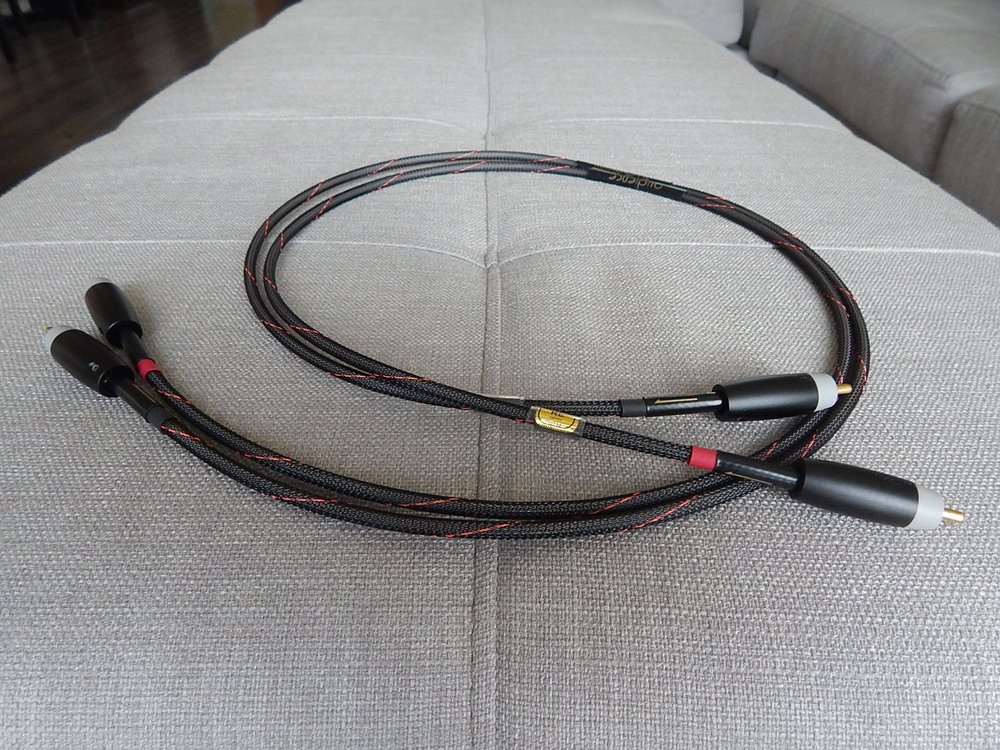
Unlike with the other cables from this group, these interconnects are the same model as the company’s digital cable, which I spoke about in my last Guru piece, which means they’re built the same way. As such, here’s my technical recap of the Studio ONE digital cable:
“The Studio ONE series replaced the popular Au24SE one. Studio ONE cables use a high-purity oxygen-free copper conductor and cross-linked polyethylene insulation. Cross-linked polyethylene is “expanded’ to contain more air so that it’s a better dielectric than regular, denser polyethylene. All Studio ONE cables undergo Audience’s patented EHVP (Extreme High-Voltage Process), which shoots very high voltages through the cable, in the range of 800,000v, to achieve a more complete job of burn-in than what can be achieved at home. According to Audience, the largest benefits of the EHVP process are improved dynamics, coherence, tonal purity, and smoothness.”
The Studio ONE is the thinnest cable of the bunch and uses connectors with sleeves made of hard plastic. In the company’s words, “We avoid using heavy jacketing materials and heavy connectors on our cables as mass tends to absorb energy and dull the sound. This lack of extra weight gives Studio ONE their refreshingly open and honest tonal character.” Of the group, the Studio ONEs offered the most amount of contact between its connectors and the jacks on both my Cambridge EVO 150 music player and Grandinote Shinai integrated amp.
The Studio ONE is a smooth operator, sonically-speaking. Music through it flowed effortlessly, sounding rich and full. Its tonal balance was on the warm and sweet side, but never egregiously so. Details were abundant and free-flowing, and frequency extremes never sounded stilted. In fact, its presentation sounded very unified, textured, and transparent, offering a clear view on the musical proceedings in a deep, well-defined, colorfully-drawn soundstage.
Instruments sounded natural and substantial. Notes were saturated and tactile. Bass was excellent—controlled and deep, articulate and punchy, bulging but solid.
The Studio ONE provided a velvety, coherent, and richly-textured presentation that was imminently musical and seductively sensuous.
Highlights: deepbass, rich tone, transparent, full-sounding
Takeaway: like sipping a full-bodied Cognac
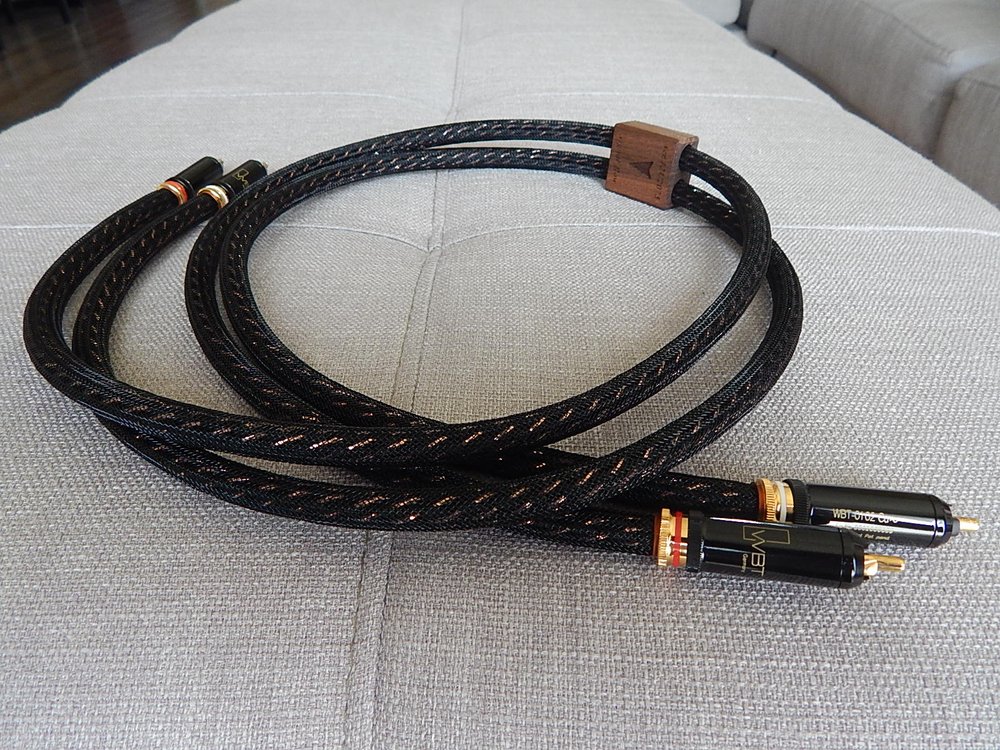
Kimber’s top-of-the-line copper interconnect, the KS 1016 is an extension of the reference KS 1011. The former uses six copper conductors instead of the latter’s two. The increased conductor count is said to provide more bass and warmth while maintaining the sonic signature of the KS 1011.
Founder Ray Kimber is reluctant to divulge details about the design of his cables—”In the early days, I provided big batches of detailed information about our cable,” Ray wrote to me. “Unfortunately, it seemed that the more we shared about the makeup of our products and the build process, the more people attempted to copy our cables.” Construction of the KS 1016 includes ESD (electrostatic discharge) yarn and WBT-0102 Cu connectors. As for the shielding, there is none. “I have a personal view regarding shielding,” Ray wrote to me. “I want to avoid it. I would rather design and build cables that don’t behave like an antenna. Noise can’t be heard if it’s not picked up in the first place.” “So shielding acts like an antenna?” I asked, to which Ray jotted back ominously: “I’m calling you.”
What was said over the phone was this: “An interconnect where you have a “hot” and a ground will act like an antenna if the wires are just twisted,” said Ray. “Most companies will twist the hot and ground wires, then throw a (metal) shield on them because the cable’s noisy. But here’s the thing. When you put the shield on it, you don’t change the geometry of the wires behaving like an antenna. So the wires buzz or pick up noise, which you can hear because it’s in the audible band, and it seeps into the shield. Another problem is the cable transmits part of the audio signal to the shield, which is dumped to ground. That’s why a shielded cable, all else being equal, will always sound a bit veiled or dark.
“My opinion,” Ray continued. “Is that a shield will always lower fidelity. That’s why none of our interconnects are shielded.” “No shielding at all?” I asked, just to be sure. “That’s correct,” he said. “They might have a cloth covering on them, but there’s no metallic shield. I am philosophically opposed to shielding.”
I asked if he wanted to elaborate on his cable’s geometry. “We don’t use the common criss-crossing geometry because it makes for a scrambled antenna effect,” he said. “The geometry we use doesn’t behave like an antenna. “
The 1016s sounded dynamically unconstrained and fresh water-like transparent. They produced an explicit midband clarity that glowed with glittering, welcome detail and tingled with transients. Sounds were tactile, timbres lifelike, and bass went deep, although bass could sound a tad boomy in my system. Most notably, this cable delivered startling Is-it-live-or-is-it-Memorex moments when instruments sounded uncannily live and in-my-room, as if they’d popped in from the recording venue.
Highlights: detailed, transparent, Is-it-live-or-is-it-Memorex realism
Takeaway: maybe Ray is on to something with this no-shielding stuff
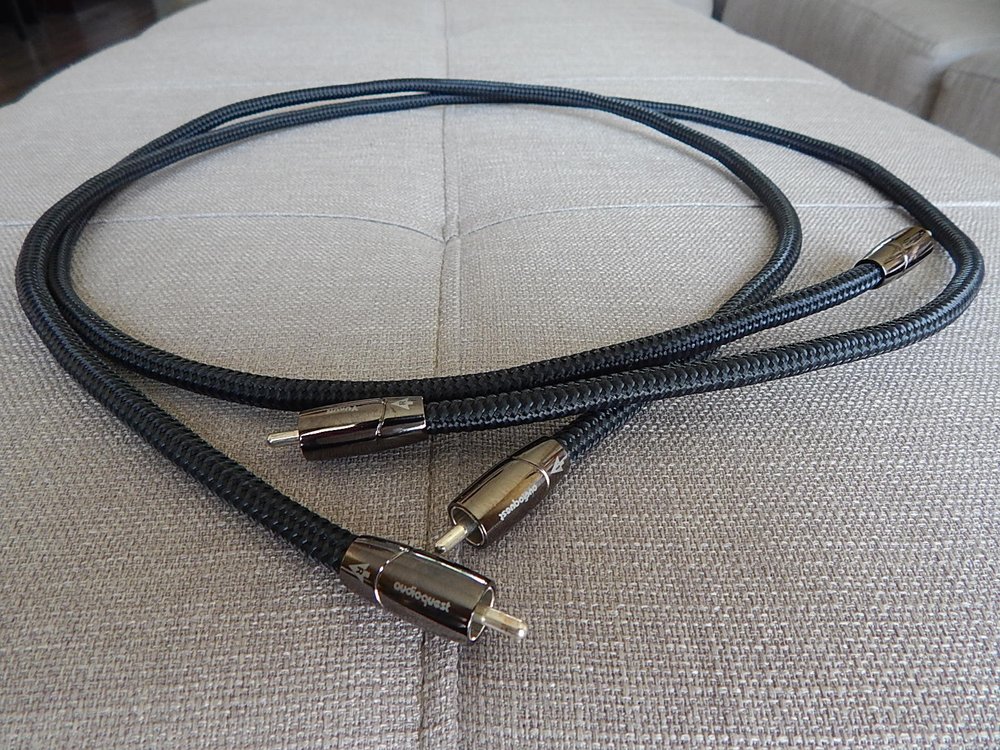
The least expensive cable of this group, by more than half the cost of the others, the Yukon’s solid, ultra pure copper conductors—three in each cable—are said by AudioQuest to outperform all its previously available copper metals at any price. In a conventional cable, according to AudioQuest, electrical and magnetic interaction between strands is the greatest source of distortion, adding a gritty and harsh overlay to the sound.
All of Yukon’s conductors use PE Air-Tube Insulation because air absorbs next to no energy, and Polyethylene is low-loss and has a benign distortion profile. The result, says AudioQuest, is more focused imaging than what other materials are capable of producing. The Yukon also uses the company’s Carbon-Based 3-Layer Noise-Dissipation System (NDS) to banish RF interference, plus a cold-welded plug design that does away with solder, a common source of distortion.
Don’t be fooled into thinking that at half the price of each of the other two cables, the Yukon sounds only half as good. Far from it. While the Yukon’s sound may not quite reach the overall level of sophistication of the more expensive cables—it falls a bit short of the meaty tone and bass heft the others bring out—it comes surprisingly close. It offers a deep, vast, well-sorted soundstage—perhaps the biggest and most spacious of the cables in this group—coupled with authentic timbres, plenty of detail, a good sense of touch, and an engaging rhythmic flow. Rather than being outclassed by the other cables, the Yukon’s performance may strike you as so well balanced and natural-sounding in your system, you may not feel the need to spend more on a cable.
Highlights: detailed, spacious soundstage, good sense of tactility
Takeaway: so good you may not feel the need to spend double the money on an interconnect
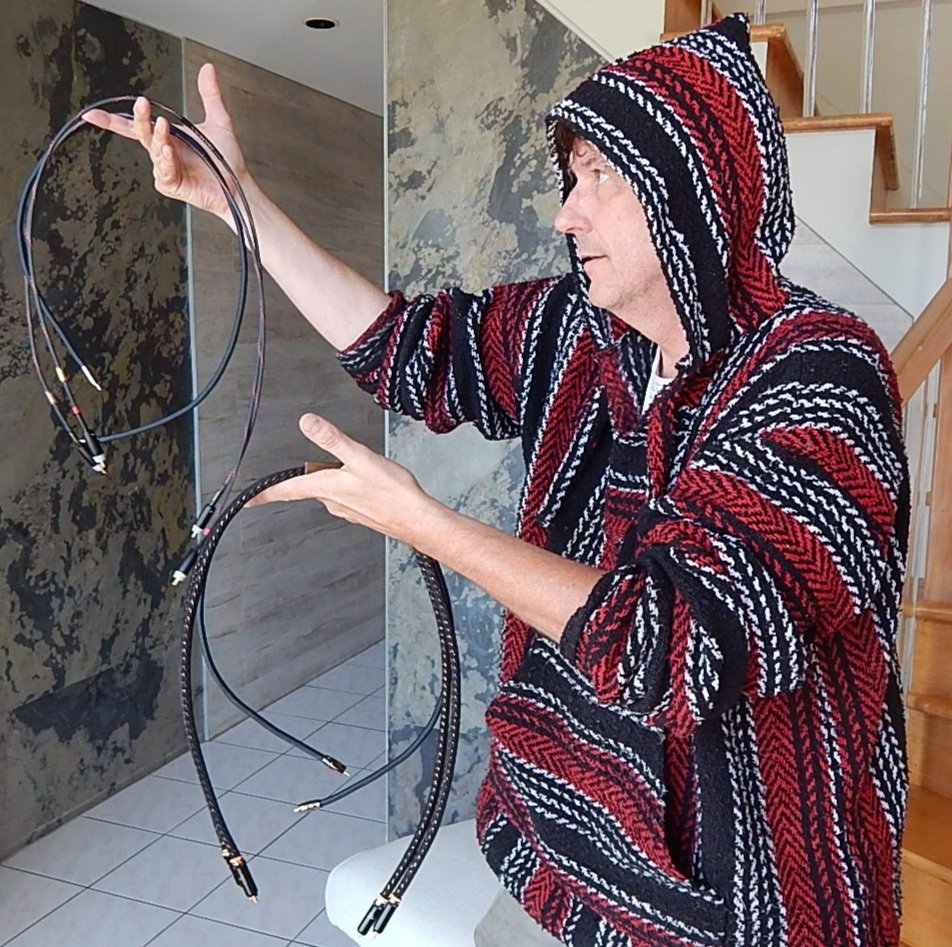
Conclusion:
Every cable in this group is a winner. What it’ll probably mean in terms of what you might prefer in your own system is how the relatively minor tonal differences between these cables will fit in with the overall character of your system. I know, I’ve heard it countless times: cables, or, for that matter every audio component worth its audiophile salt, shouldn’t be used as a tone control, but be totally neutral. Except nothing sounds completely neutral musically except for real-life music, maybe. But audio? It’s a make-believe construct that is inherently flawed. That said, these three cables are just plain good at preserving the integrity of the signal and the heart of the music.
Still, as a general sonic guideline based on the results I heard with my own system, I suggest that the Kimber Kables might be best suited for a system that’s a little lean in the bass, the Audiences for one that’s slightly cold or analytical, and the AudioQuests if you want a larger soundstage and most of what the previous two cables offer for less than half the price.
But don’t take my word for it. Try any of these cables in your own system before committing. That’s the “can’t go wrong” Guru way.
Next, speaker cables. Until then, peace and good vibrations.










Leave a Reply